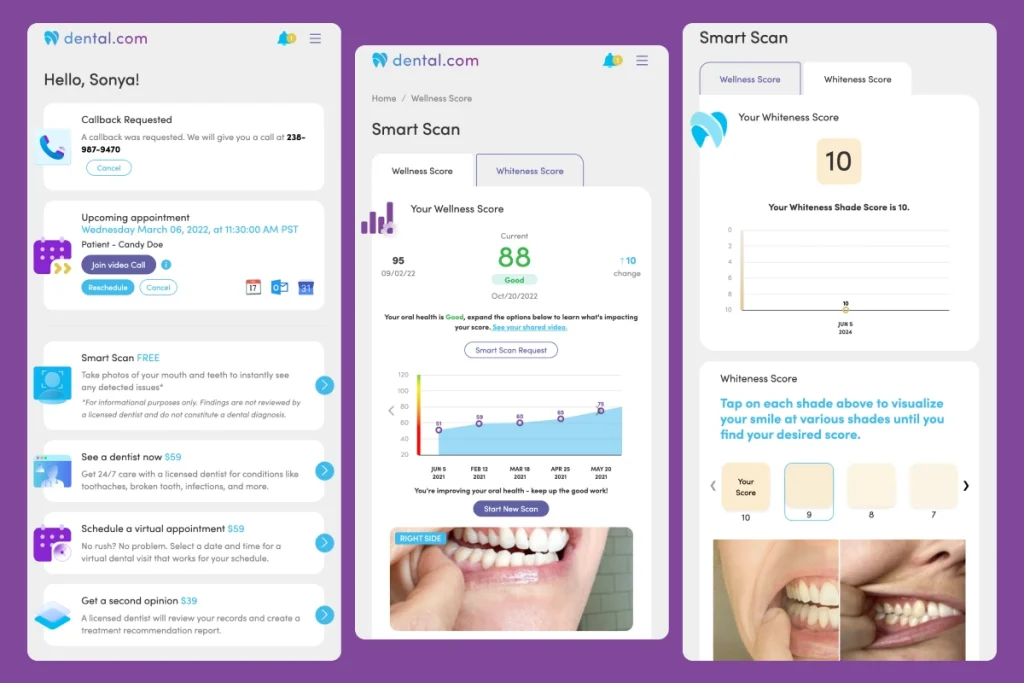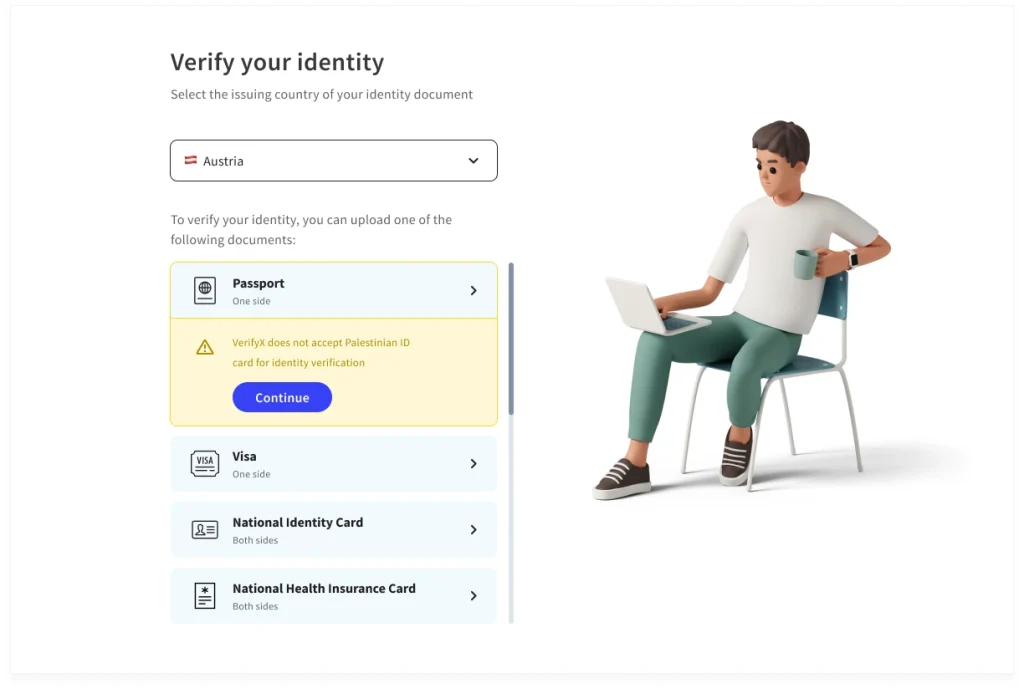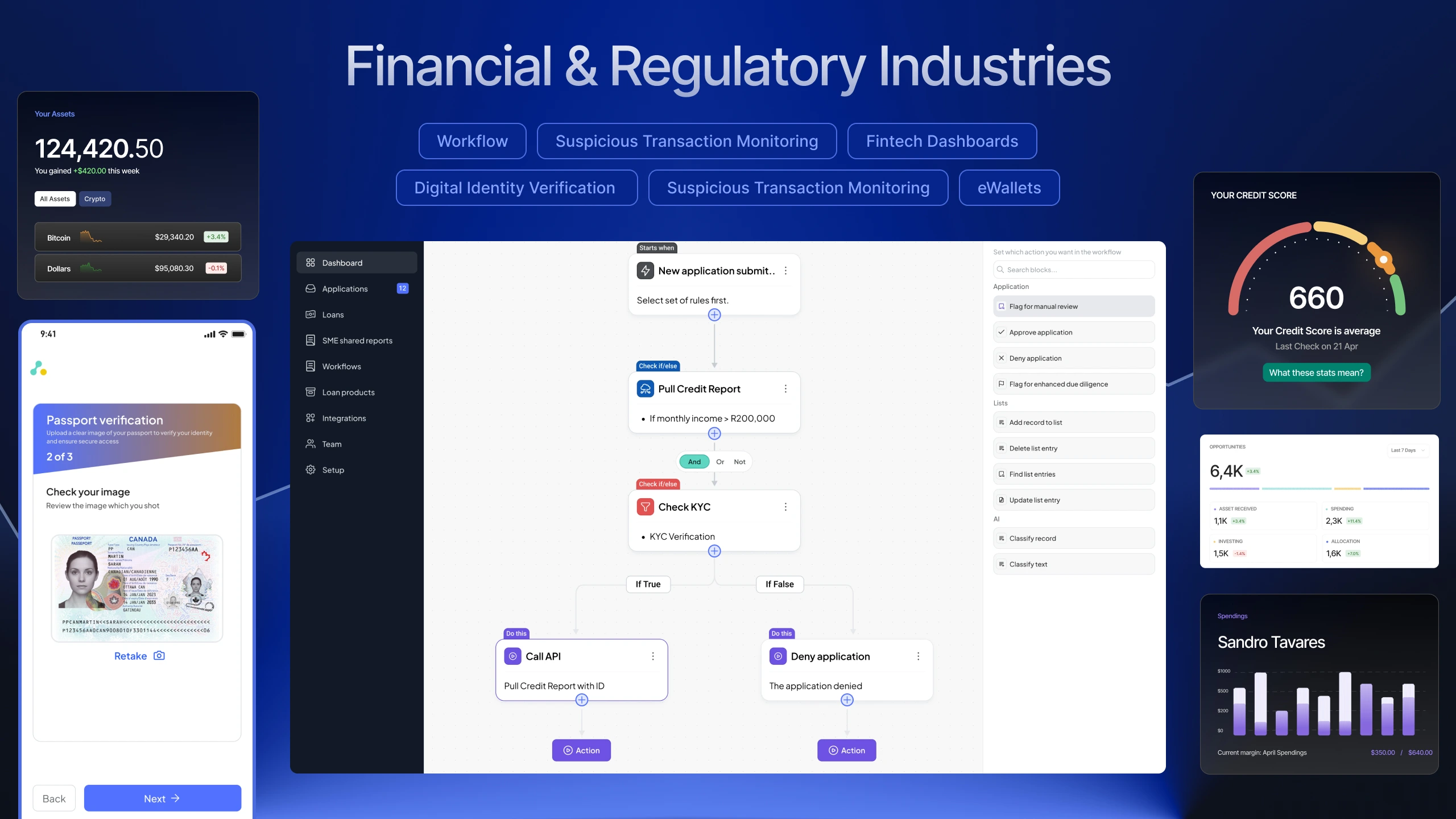Regulatory UX designers face a unique challenge in highly regulated industries such as finance, healthcare, and pharmaceuticals: creating intuitive, user-friendly interfaces that adhere to stringent regulatory requirements.
Enter the Regulatory Industries Experience Designer—a specialized UX professional who bridges the gap between compliance and user-centered design.
This article delves into this emerging role’s responsibilities, skills, and example projects, highlighting its importance in regulated industries.
What is a Regulatory UX Designer?
A Regulatory Industries Experience Designer is a UX designer who designs digital products and services for industries governed by strict legal and compliance standards.
These industries, such as healthcare, finance, and pharmaceuticals, require interfaces that not only meet user needs but also comply with regulations like HIPAA (Health Insurance Portability and Accountability Act), FINRA (Financial Industry Regulatory Authority), and FDA (Food and Drug Administration) guidelines.
The designer’s primary goal is to ensure that digital experiences are legally compliant and user-friendly, balancing the often-competing demands of regulation and usability.
Key Responsibilities of a Regulatory UX Designer
A regulatory UX designer is a specialized user experience (UX) professional who integrates regulatory compliance into the design of products and services.
They collaborate with product managers, UI designers, content writers, and developers to ensure the final product is user-friendly and compliant with industry regulations.
1. Understanding Complex Regulations
Regulatory UX Designer must deeply understand the legal frameworks governing their industry. For example, in healthcare, they need to be well-versed in HIPAA regulations to ensure patient data privacy.
They must understand KYC (Know Your Customer) and AML (Anti-Money Laundering) requirements in finance.
This knowledge allows them to design interfaces incorporating legal disclosures, warnings, and data privacy controls without overwhelming the user.
2. Balancing User Needs with Compliance
One of the most challenging aspects of this role is designing intuitive and compliant interfaces. For instance, a banking app must allow users to easily manage their finances while incorporating mandatory compliance checks, such as identity verification.
The designer must strike a delicate balance, ensuring regulatory requirements are met without compromising the user experience.
3. Designing for Accessibility
Accessibility is critical to regulatory compliance, particularly in industries like healthcare and finance. Designers must create interfaces that are usable by individuals with disabilities, adhering to standards such as the Web Content Accessibility Guidelines (WCAG).
This includes designing for screen readers, ensuring color contrast for visually impaired users, and providing alternative text for images.
4. Collaboration with Stakeholders
Regulatory Industries Experience Designers work closely with diverse stakeholders, including legal teams, compliance officers, product managers, and developers. This collaboration ensures that designs meet both regulatory and business objectives.
Effective communication is key, as designers must translate complex legal requirements into user-centered design solutions.
5. User Research and Testing
User research is essential to understanding users’ unique needs and pain points within regulated industries. For example, patients using a healthcare portal may struggle with understanding medical jargon or navigating complex forms.
Usability testing helps identify these issues, allowing designers to refine their interfaces for better user satisfaction.
6. Information Architecture
A core responsibility is structuring complex information in a way that is easy to navigate. This involves organizing content logically, simplifying workflows, and ensuring users can find the information they need without confusion.
For example, a pharmaceutical website must clearly and accessibly present detailed drug information while complying with FDA labeling requirements.
Example Projects for a Regulatory Industries Experience Designer
1. Designing a Patient Portal for a Healthcare Provider

- A patient portal must allow users to access medical records, schedule appointments, and communicate with healthcare providers. At the same time, it must comply with HIPAA regulations to protect patient privacy.
- The designer’s role is to create an interface that simplifies these tasks while incorporating necessary security measures, such as encrypted data transmission and secure login processes.
2. Creating an Online Banking Platform

- An online banking platform must enable users to manage their accounts, transfer funds, and pay bills. However, it must also meet KYC and AML compliance requirements, which may involve identity verification and transaction monitoring.
- The designer must ensure that these compliance steps are seamlessly integrated into the user journey, minimizing friction while maintaining security.
3. Developing a Drug Information Website for a Pharmaceutical Company
- A pharmaceutical company’s website must provide accurate and comprehensive medication information, including dosage, side effects, and contraindications. This information must comply with FDA regulations on drug labeling.
- The designer’s task is to present this information in a clear and accessible format, ensuring that users can easily find what they need while adhering to regulatory guidelines.
Skills Needed for a Regulatory Industries Experience Designer
1. UX Design Principles
A strong foundation in user-centered design methodologies is essential. For example –
- Iterative Process: Continuously improve features and updates based on user feedback.
- Information Architecture: Organize information logically and intuitively for easy navigation.
- Laws of UX: Apply principles like Fitts’s Law, Hick’s Law, Jakob’s Law, and the Law of Prägnanz to enhance usability.
- Miller’s Law: Keep content concise, as users can only retain around seven items in short-term memory.
2. Regulatory Knowledge
Expertise in industry-specific regulations is critical. Designers must stay updated on changes in laws and standards to ensure ongoing compliance.
3. Information Architecture Skills
The ability to organize and structure complex information logically and user-friendly is a key skill. This involves creating intuitive navigation and simplifying workflows.
4. Visual Design Skills
Designers must create clean, intuitive, and accessible interfaces that align with brand guidelines while meeting regulatory requirements.
5. Communication and Collaboration
Effective communication with stakeholders, including legal and compliance teams, is crucial. Designers must be able to articulate design decisions and justify how they meet both user needs and regulatory standards.
6. UX Design Goals
- Ensure the product is useful, usable, findable, credible, desirable, accessible, and valuable.
- Deliver a high-fidelity product that meets both user needs and regulatory requirements.
Conclusion
The role of a Regulatory UX Designer is both challenging and rewarding.
By combining expertise in UX design with a deep understanding of industry regulations, these professionals play a critical role in creating digital experiences that are both compliant and user-friendly.
As regulations continue to evolve and industries become increasingly digitized, the demand for skilled Regulatory Industries Experience Designers is likely to grow.
Their ability to navigate the complex intersection of compliance and usability will remain essential in shaping the future of digital products and services in regulated industries.
RegTech UI/UX Design Services
I deliver specialized UI/UX design services for RegTech applications, creating seamless user experiences that meet compliance demands.
1
UI/UX Design
I craft tailored design solutions that harmonize regulatory compliance with user-centered principles, ensuring your RegTech software is functional and intuitive.
2
Intuitive Prototyping
My prototyping services help you visualize and refine regulatory technology solutions, ensuring smooth and efficient compliance processes and user interactions.
3
Regulatory Design Systems
I develop custom design systems for RegTech applications, maintaining consistency and compliance across your platform. These efforts will significantly benefit developers.
